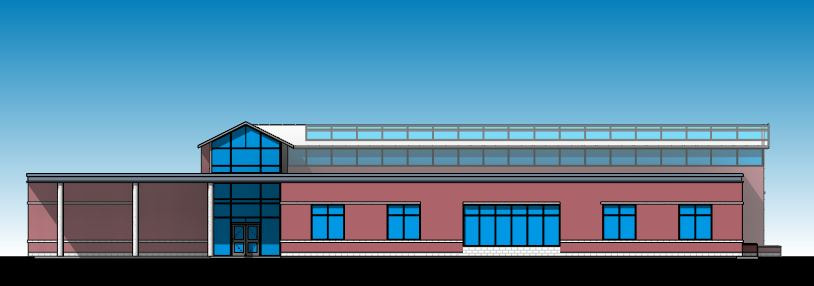

It is often worse when, later in the project, one has to aggregate all the models in simulation platforms such as Navisworks or Synchro due to the simple reason that other programs are usually unable to read Revit's Shared Coordinates or the teams do not export projects consistently. Then someone accidentally removes a link, or overwrites a Shared Coordinate and then this whole setup suddenly fails to make sense anymore.
#Revit sample project locations how to#
Even then, someone in the team magically figures out how to use Shared Coordinates and make the linking work. It usually does not matter until one has to link other models into the Main model where all the documentation is being recorded.

Revit as an application, is fairly good at downplaying the whole issue. It is a metaphor for my (and a lot of my colleagues') difficulty in comprehending the topic based on their writing.įor anyone transitioning from an AutoCAD workflow to a Revit one, it is often a given that one would instinctively take the a laissez faire approach to handling the issue of setting out Origin Points for a project. This is not an allegory for the folks who have written about this topic. All of the explanations seem like the picture below to me:įig 1: Blind men trying to comprehend an elephant. All sorts of experts came up with explanations, processes, and best-practices to tackle the issue. For quite a few years, I've been unsuccessfully trying to wrap my head around this particular portion of Revit.


 0 kommentar(er)
0 kommentar(er)
